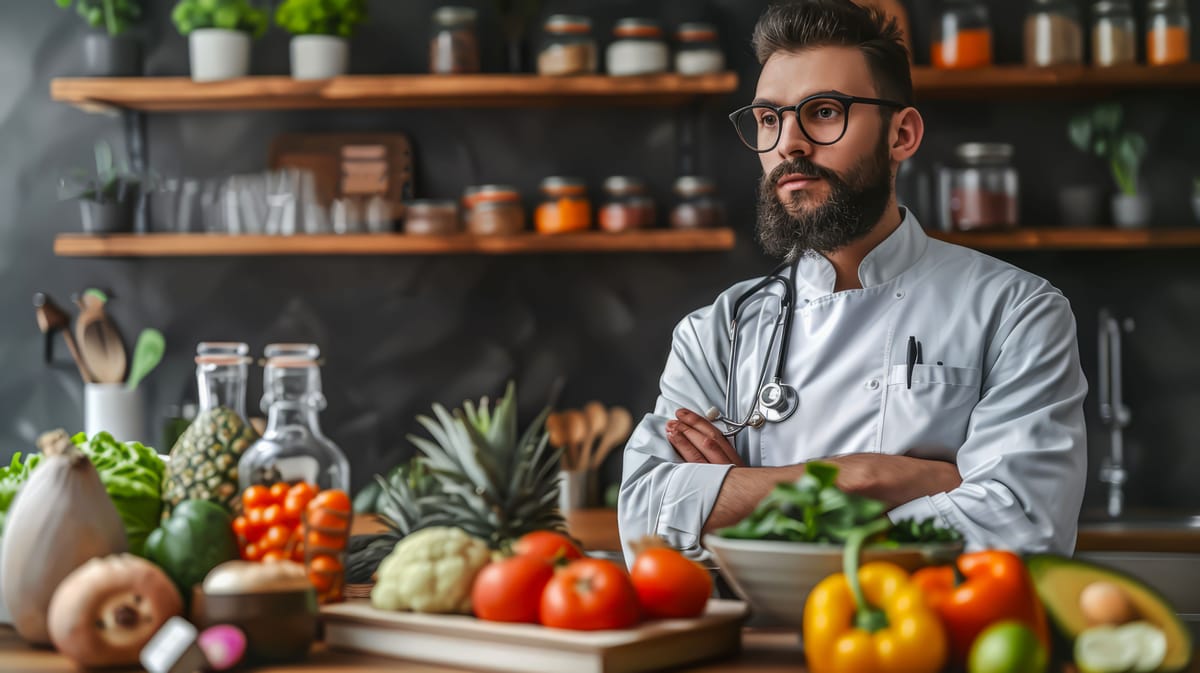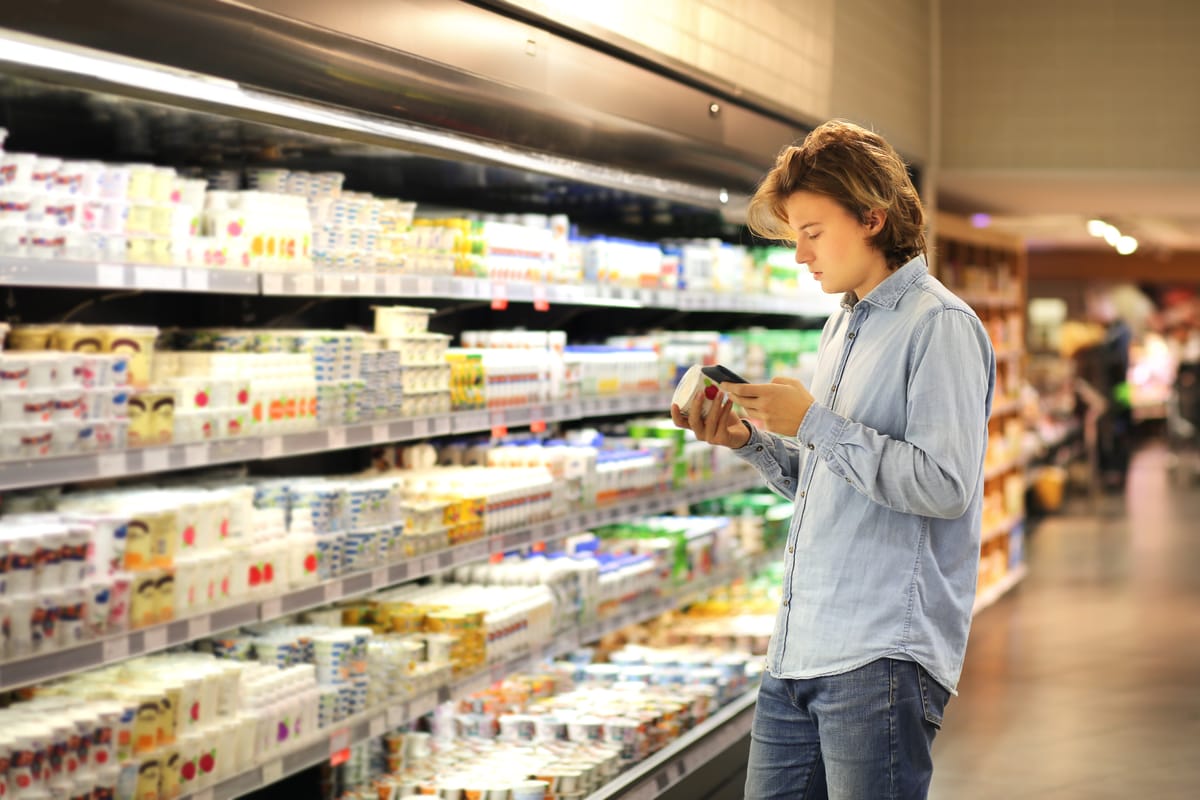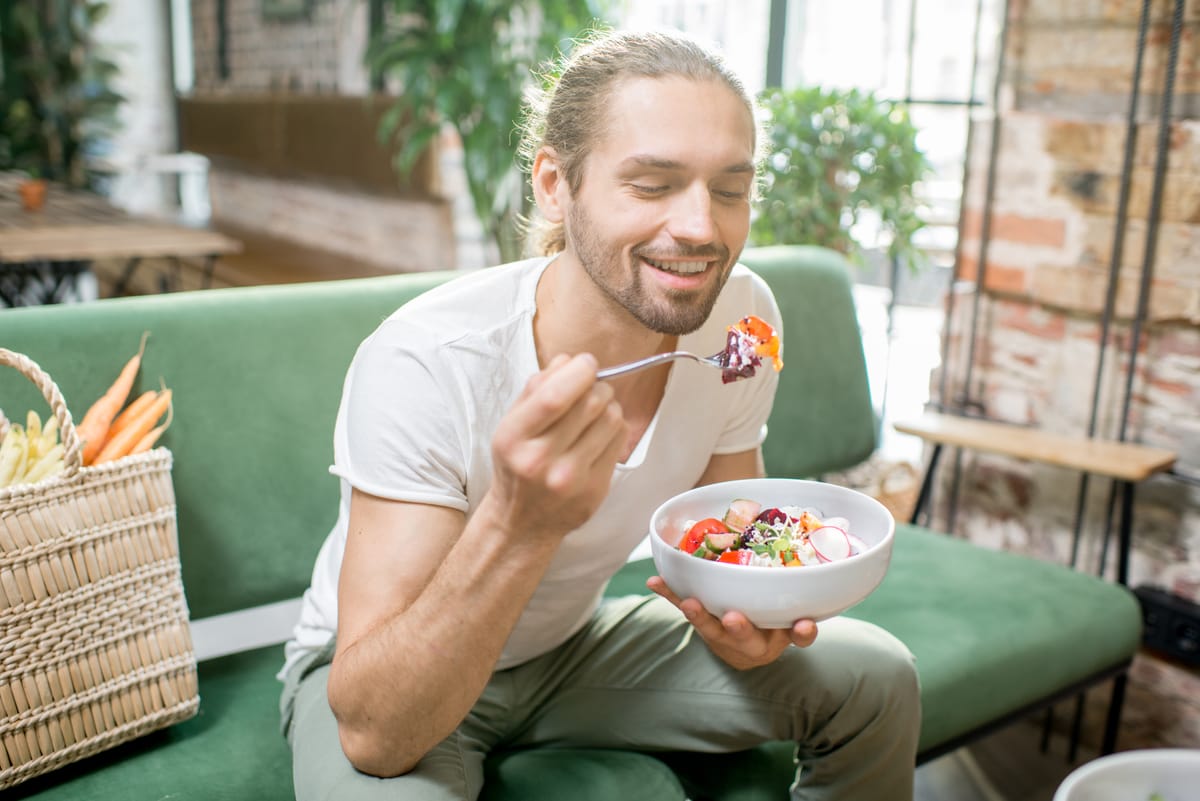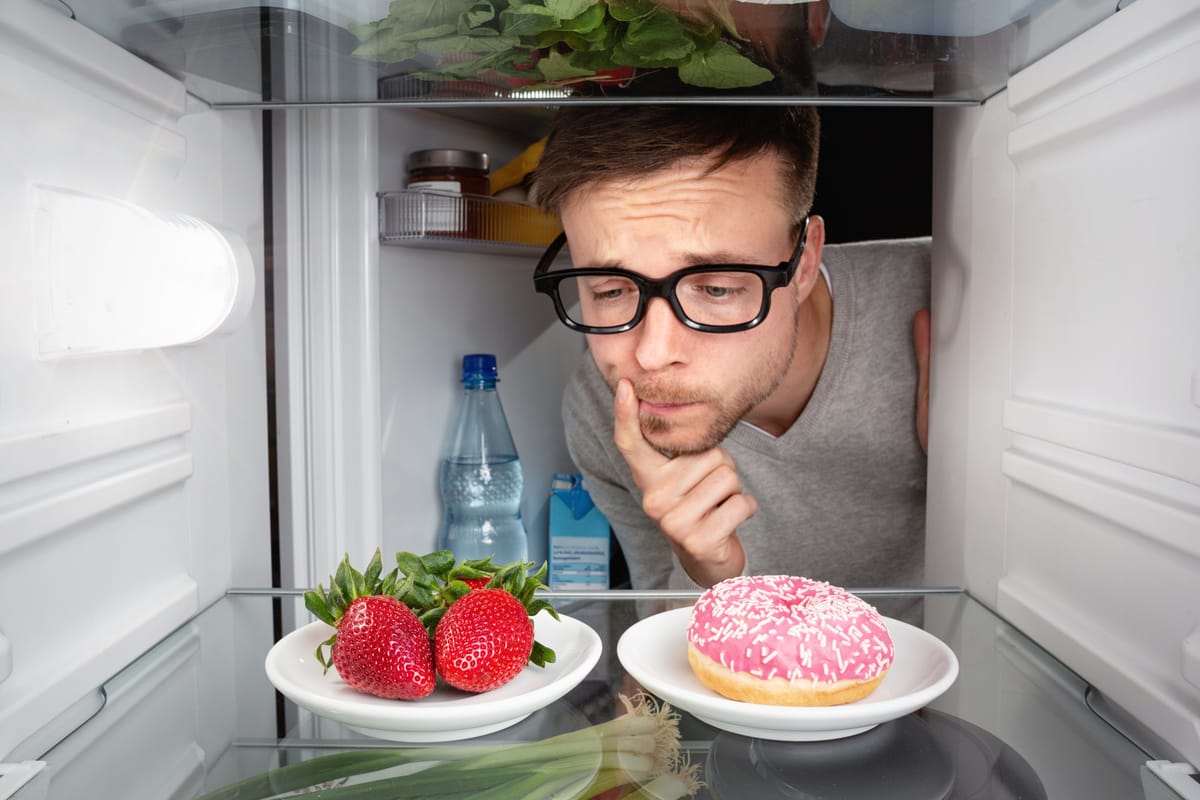Let's talk about carbs: More than just sugar
Smart tips to help carbs love you back.
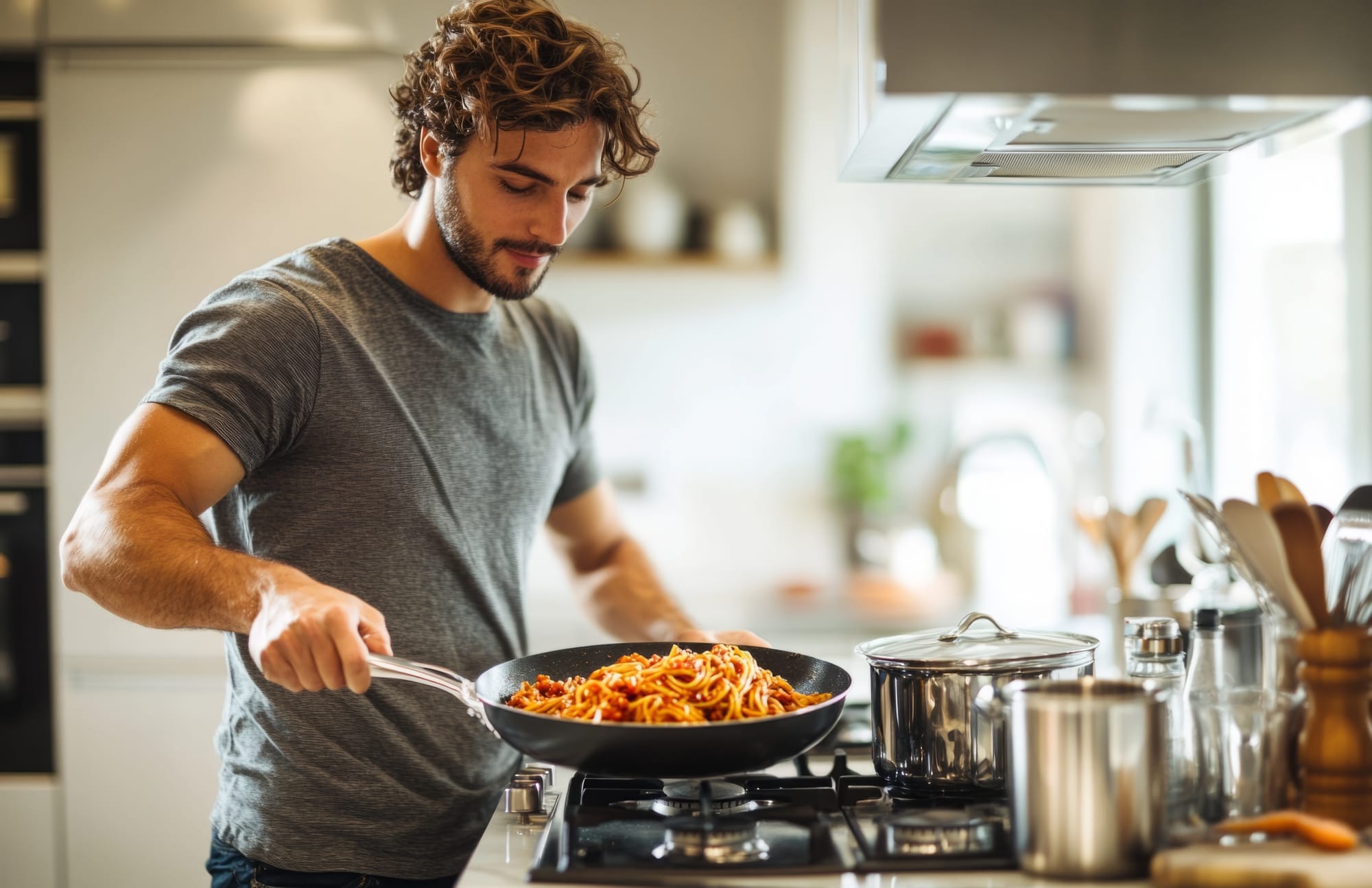
When we hear talk about carbs, we may think immediately of sweets, cakes, biscuits and sugar. Did someone say sugar? The scary word. Well, carbs are much more than sweetness. They are your body's go-to fuel, your brain's favourite snack, and (why not?) sometimes, just what your soul needs.
What are carbs?
Carbohydrates are nutrients that (usually) provide ready-to-use energy. Your brain alone uses around 25% of your daily energy—depending on how much you use it, of course. Let's get geeky again: carbs form a big family (because carbs love company). At their core are saccharides, the basic units. These can be single, like glucose, fructose and galactose, or joined together to form longer chains, such as starches and fibres. Sugars and starches provide energy quickly, while fibres mostly travel down to your gut, where they nourish the good bacteria that live there. When you eat sugars, these enter your bloodstream almost immediately.
In contrast, when you eat starches, these are first broken down into smaller units so that they can be absorbed. Once they are absorbed, your blood sugar levels increase, which in turn tells your body to produce insulin, a hormone that allows sugars to go into your cells so that they can be used as an energy source. If the amount of carbs entering the bloodstream is high, the blood sugar levels will peak. So the amount of insulin produced will be high, which in turn will rush sugars into your cells, and this can lead to an "energy crash". Have you ever felt sleepy after a meal?
Which foods are sources of carbs?
Foods which "classically" contain carbs are fruits (different types of sugars and other saccharides, mainly fructose, grains (wheat, rice, corn, barley…) and starchy vegetables (potatoes, sweet potatoes, yam…).
Other foods that also contain carbs are pulses and legumes (which also provide a good amount of protein).
Some processed foods may contain added sugars (not naturally present), so these also count as carbs.
The only animal-derived products that contain carbs are dairy products, as lactose is a naturally occurring sugar in milk. And guess what? Fermentation decreases the amount of lactose in dairy products as microorganisms break down lactose during the fermentation process.
Do we need carbs?
Carbs are not strictly essential, but excluding them from your diet may mean you are missing out on some benefits.
Take grains, for instance. They contain different types of vitamins (especially B group vitamins) and antioxidants (and who does not love some tasty pasta!).
Or let's consider pulses and legumes, which are a good source of protein. While they contain a moderate amount of carbs, they provide vitamins, minerals and fibre.
Similarly, fruits are packed with vitamins, minerals, fibre and antioxidants. Starchy vegetables contain vitamins, minerals, fibre and antioxidants as well.
You may have heard about ketogenic diets. Here, carbs are basically avoided (a maximum of 5% of daily energy from carbs is allowed). Therefore, most energy must come from fats and protein. There is a lot of ongoing research on ketogenic diets. For example, it is well known that they can help with weight loss. Some research also suggests promising avenues for specific diseases and conditions. Yet, ketogenic diets can be challenging if not well planned (more on this in another article).
"High" and "low" carbs – glycemic index
We touched earlier on how sugars and broken-down starches enter your bloodstream. The speed at which foods increase your blood sugar levels is referred to as the glycemic index (GI). The reference is glucose, which scores 100 on the scale.
High-GI foods raise your blood sugar levels quickly, whereas low-GI foods tend to do so more slowly and steadily.
GI depends on the composition of the food, its structure and how it has been cooked, among other factors.
Smart eating with carbs – no drama required
No need to fear carbs — a few clever tweaks, and they will love you back.
- Choosing low-GI foods (when possible) can be a clever way to ensure your blood sugar levels do not spike quickly.
- Pair starchy foods with protein, fibre, or fat—or all three. This combination makes it harder for your body to break down the starches, and it takes longer for the single units to enter your bloodstream. Therefore, it is less likely to get a blood sugar spike.
- Reheated and cooled starchy foods (like rice or pasta) have a lower GI because the starch they contain becomes "resistant" starch. Resistant starch is tougher to digest, so it takes longer for your body to absorb resistant starch, and some of it even reaches your gut untouched, where your good gut bugs can feast. Leftover rice just became sexy—who knew?
- Unripe bananas have a lower GI because they contain resistant starch, which breaks down into glucose as the fruit ripens, making it sweeter.
- Check for added sugars in processed foods, as some may contain high amounts. No need to panic about added sugars, though—this is not a breakup. But a little awareness goes a long way. For the average person, the UK recommendation is to consume less than 30g (approximately 6 teaspoons) per day. This does not include natural sugars from fruits or natural sugars (lactose) from dairy, as these foods also provide other valuable nutrients, as we mentioned earlier.
There are times when you may need higher GI foods, such as before training, to provide the extra energy that your body can utilise. Or during competition (e.g. you may have seen runners and cyclists having drinks that contain sugars, which their bodies can readily use to support performance).
Sweet ending
Sweetness, energy, nourishment and more. This is what carbs can be, depending on your choices. Help your brain get enough energy to keep running at its best. Carbs are not your enemy—they are your spark. So, light it up and glow.

Emiliano Pena is a dietician based in London
This article is for general information only and is not a substitute for personalised medical or nutritional advice.
Read more about food and nutrition

